Glasgow Cathedral's Hebrew Inscriptions
In the depths of Glasgow Cathedral's crypt, one pillar stands out from all others.
The patron saint of Glasgow, St. Mungo, was buried in the crypt sometime during the 7th Century. The current structure was established between the 12th & early 14th centuries. It’s believed that the inscriptions predate the 1900s, as the first person to be buried in the nearby Necropolis Cemetery was of Jewish descent. A jeweler by the name of Joseph Levi who was laid to rest in 1833. There have been tales that tell of a group Judaic mourners who were given shelter in the Cathedral during a storm, thus giving the author time to carve the inscriptions.
The Hebrew inscriptions have yet to be properly translated. There are a total of eight lines consisting of at least two or three words each, in rhyming couplets. It has been speculated that it is a form of prayer being offered up to either to St. Mungo or a hymn to a deceased member of the author’s community. As the author is unknown, experts have been able to decipher that they were not fluent in Hebrew, or quite possibly using an older version of the language. For now, the meaning and purpose of the etchings remain a mystery.
There are a couple of theories as to what the carvings are meant to say. A caveat that goes along with the translation, is that the writer either didn’t fully understand the Hebrew language, was using a factually incorrect version, or that it may have been more than one scribe. The writing has been translated by a number of sources, each having difficulty in translating it into a coherent message. They are as follows:
“Jehovah, my soul is in heaven with the living Jesus, He will bring me out of the world because the world is a place of woe.”
” Spirits of the sky, People of peace and life, Will be from the universe, That everything will be returned to life, That his law will be, Safe in their hands.”
“The Lord to me, Against me who? My soul to the heavens, With everlasting life, Life comes from the world, (For it was vanity), Hasty is vain, From the power of God’s hands.” This last rendition has been attributed to a Professor working at the University of Greifswald.
Know Before You Go
Glasgow Cathedral is a functioning house of worship, so check the website for any events that may prevent access to the crypts. The church is free to enter, though the hours vary from April to September (9:30 a.m. to 5 p.m. ) and October to March (10:00 a.m. to 3:30 p.m.). Access to the crypt, also known as the Lower Church, closes 15 minutes prior. On Sundays the doors do not open until after 1 p.m. The church also gives guided tours that last for about an hour.
Use the stairs to the right to go to the lower church. You will see a tomb with a body outline on your right. At the bottom of the next set of stairs, there is a pillar to your left. The inscription is on the side facing further into the lower church. It is advised to bring a light/torch, or using your mobile phone, as the area around is quite dark.





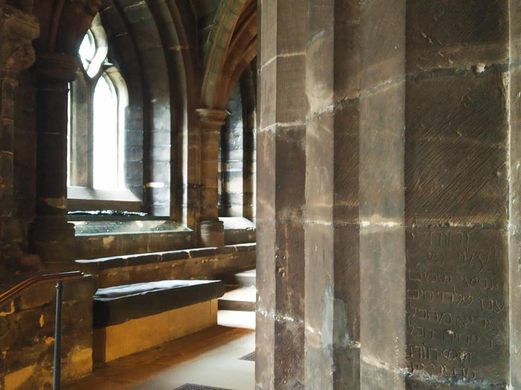











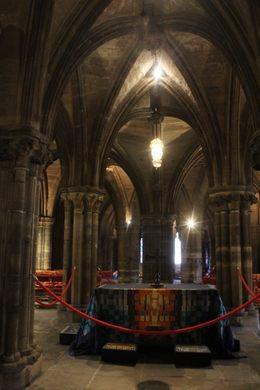


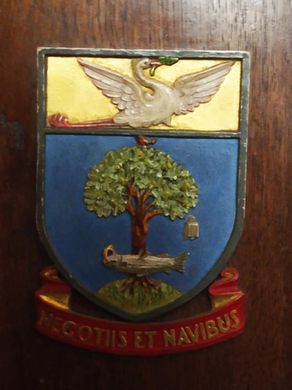




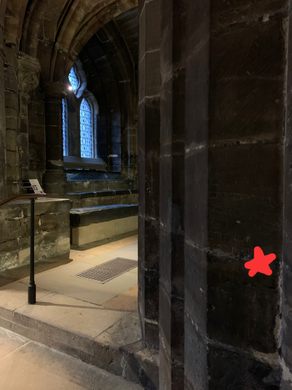












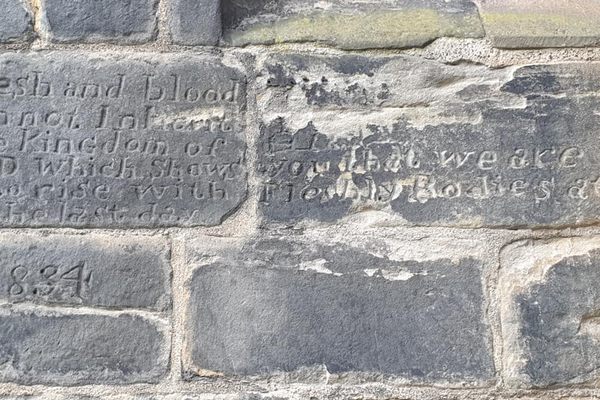





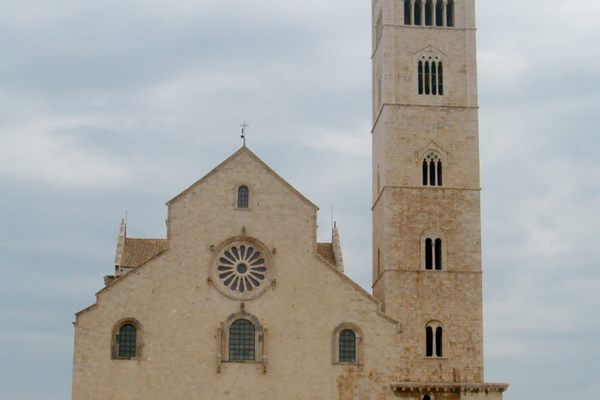


Follow us on Twitter to get the latest on the world's hidden wonders.
Like us on Facebook to get the latest on the world's hidden wonders.
Follow us on Twitter Like us on Facebook